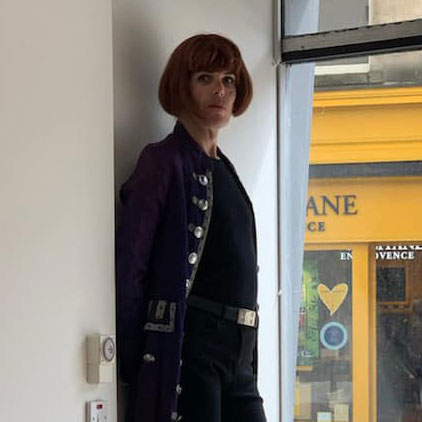Most common cat breeds: 7 of the most popular moggies in the world
Want to know the most common cat breeds? Here are some of the most popular moggies of all
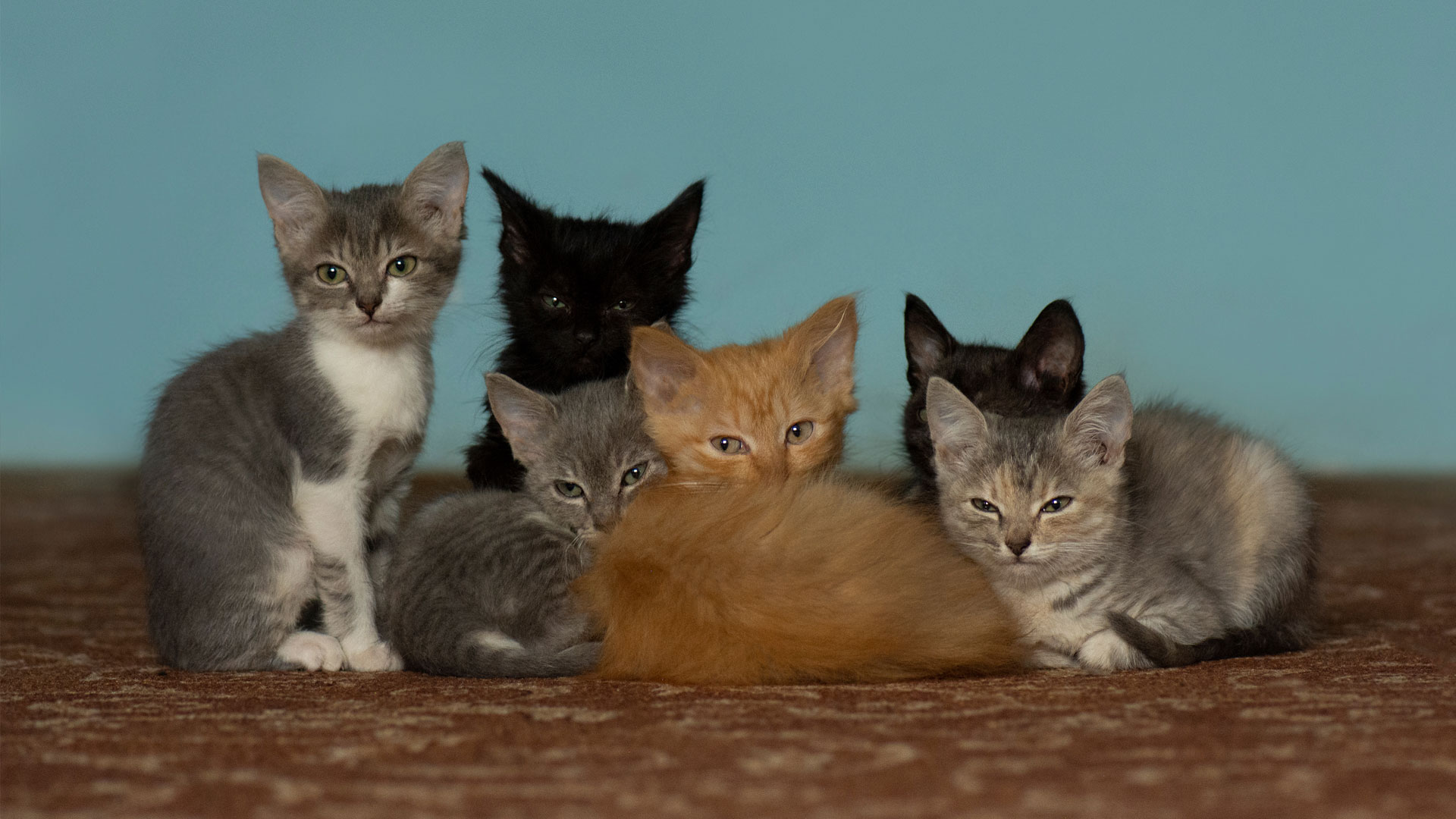
If you're wondering what the most common cat breeds are, we're here to help you out. Felis catus covers an absolutely enormous assortment of shapes, sizes, colors and temperaments, and when you're choosing a feline pal to be your companion for the next 10-20 years, you want to be sure that you're going to get along.
That's why choosing one of the most common cat breeds can be a sensible move. While the rarest cat breeds may seem enticing, they often come with behavioral quirks or potential health issues that makes them more suitable for more experienced cat owners. If you're new to cat ownership, you might find that our guide to the best cats for first-time owners can help you make the right decision, too.
These most popular cat breeds are well sought-after because they tend to be not too challenging to own, and they're generally healthy and fun to be with. If you're not set on spending a fortune on a super-rare breed, these less exclusive kitties should be top of your list.
- 10 longest living cat breeds
- 13 cutest cat breeds you'll fall in love with
- Most affectionate cat breeds who love a good cuddle
1. Domestic Shorthair
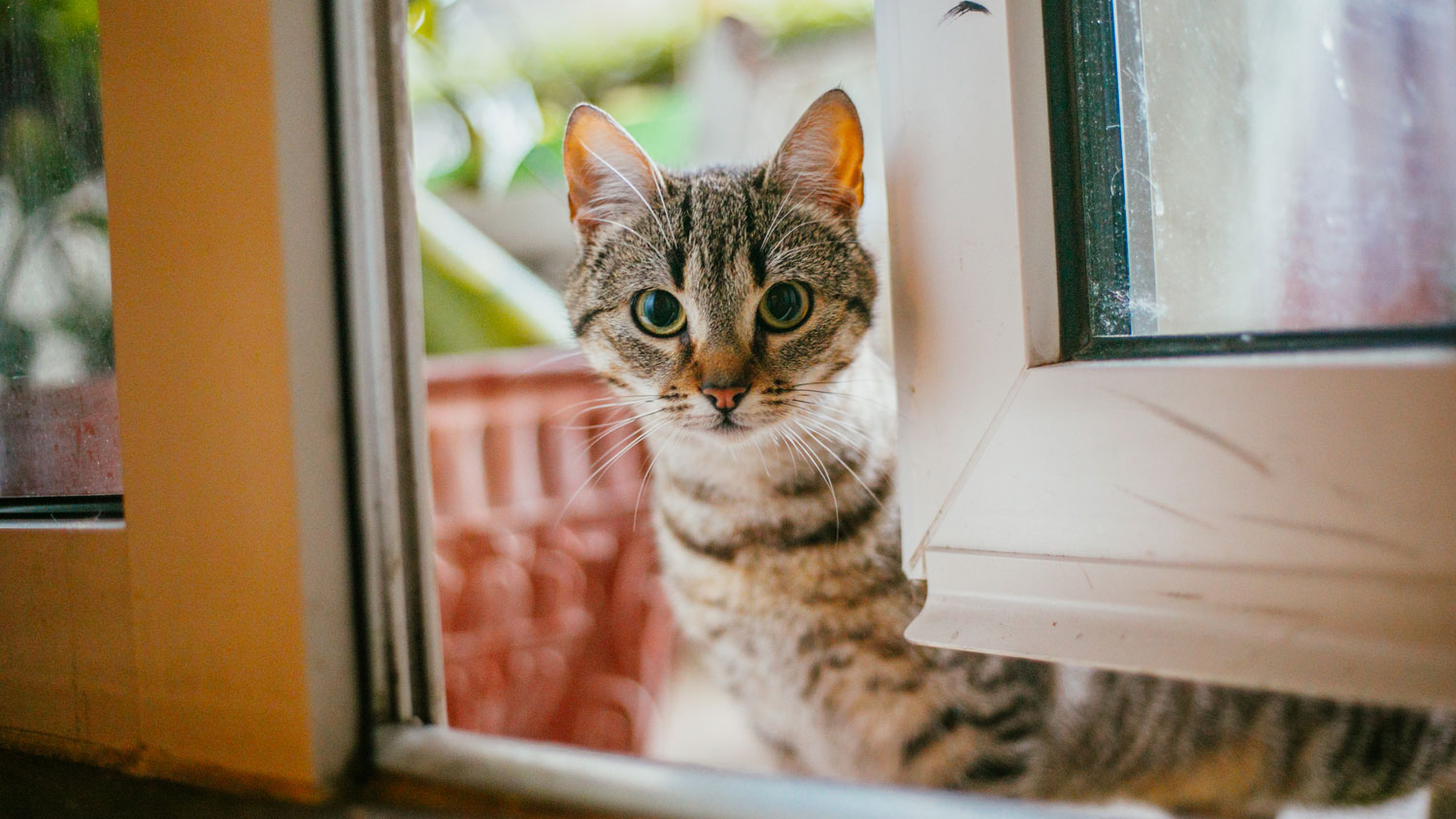
The most common and popular breed of cat by far, the Domestic Shorthair title covers pretty much the whole gamut of moggies that don't fall under any specific breed. They've been around since at least 2000BC and come in all shapes, sizes and colorings. Thanks to a deep gene pool, they're generally good-natured, healthy and level-headed cats that love to play and hunt.
Not so much a breed as the default feline setting, they're the mongrels of the cat world and we love them. Unless you're absolutely set on getting a pedigree, you'll find that a Domestic Shorthair makes a wonderful pet.
2. Domestic Longhair
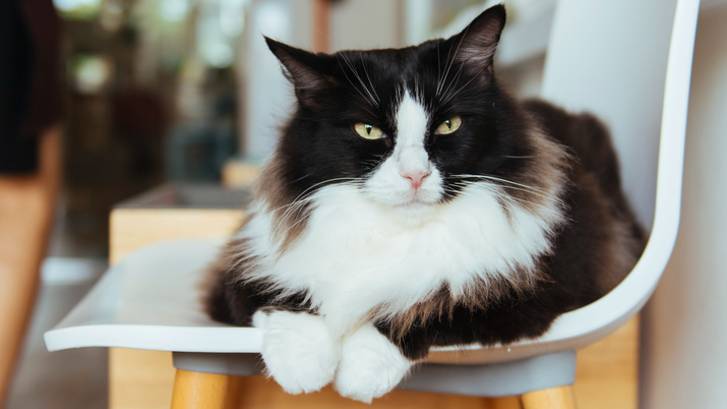
Like the Domestic Shorthair, the Domestic Longhair is a melting pot of feline genetics that comes in every shape, size and color. The big difference, of course, is the longer hair; it's thought that this breed originated in Russia, Turkey and Iran, where the weather gets colder in winter than in the warmer climates where the domestic cat originated.
As with the Domestic Shorthair, these regal-looking moggies make excellent pets, albeit they'll need regular brushing to stop that fabulous coat getting tangled and matted; our guide to long-haired cat breeds and how to care for them can help you keep things sleek.
3. Siamese
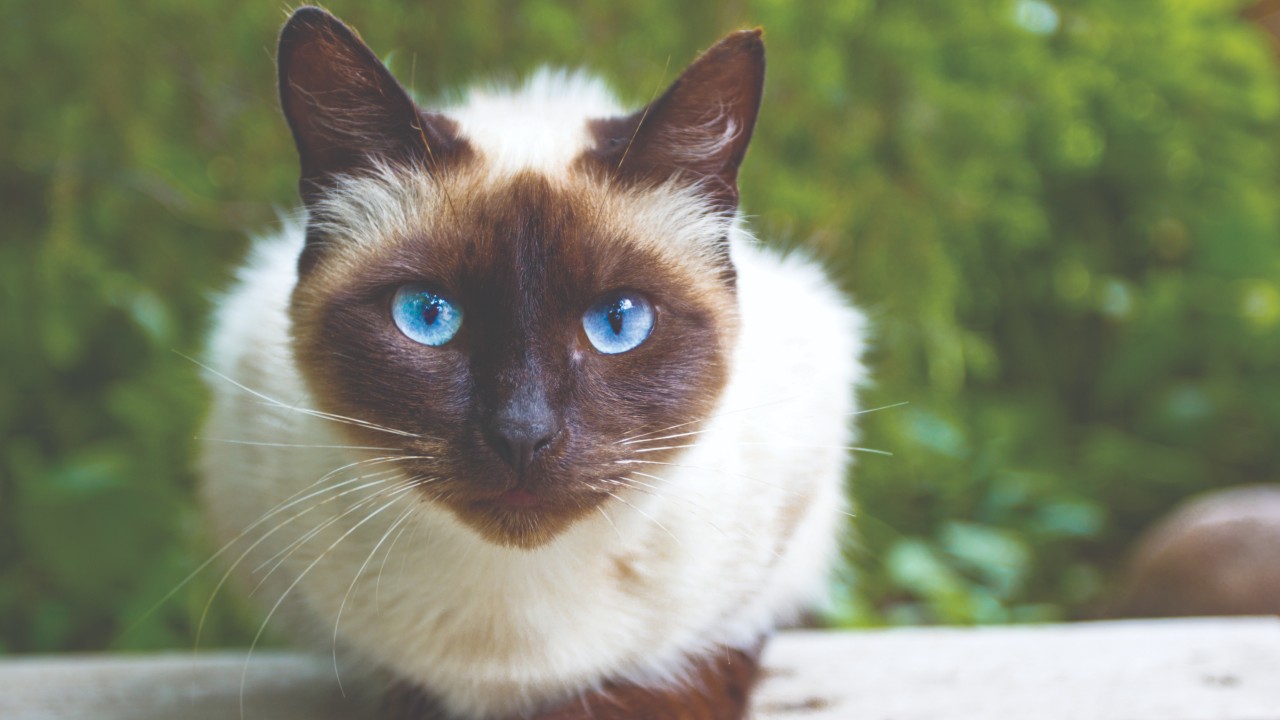
A hugely recognizable cat thanks to its sleek body and striking blue eyes, the Siamese originated in Thailand but became hugely popular in the Western world in the 19th century and has remained a firm favorite ever since. It can seem like an imperious and forbidding feline, but it's actually a very affectionate and intelligent cat that loves to play and which will bond strongly with its owner.
Siamese cats can have very forceful and persistent personalities and they're also extremely vocal, with a loud, low-pitched voice that's guaranteed to surprise you the first time you hear it. Because they're highly social cats, they can suffer from separation anxiety if left alone; if you're thinking about a Siamese but you're often away, you should consider getting a pair so they won't feel lonely.
4. American Shorthair
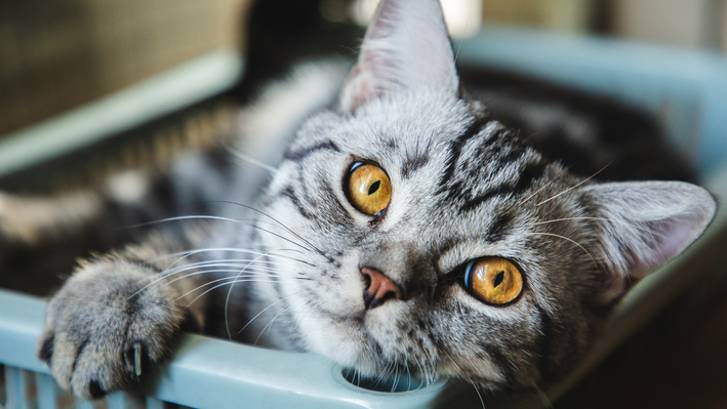
Not to be confused with the Domestic Shorthair, the American Shorthair is descended from ships' cats brought over by European settlers, and it's a tough breed that became this way thanks to a hard life of hunting rats in an inhospitable colony.
A solidly-built heavyweight of the feline world (male cats can weigh up to 15 pounds), the American Shorthair is a recognized pedigree breed but also a working cat that loves to hunt; you'll need to keep it supplied with exciting toys if you don't want to be inundated with furry or feathery gifts. American Shorthairs also tend to be affectionate, easy-going pets.
5. Ragdoll
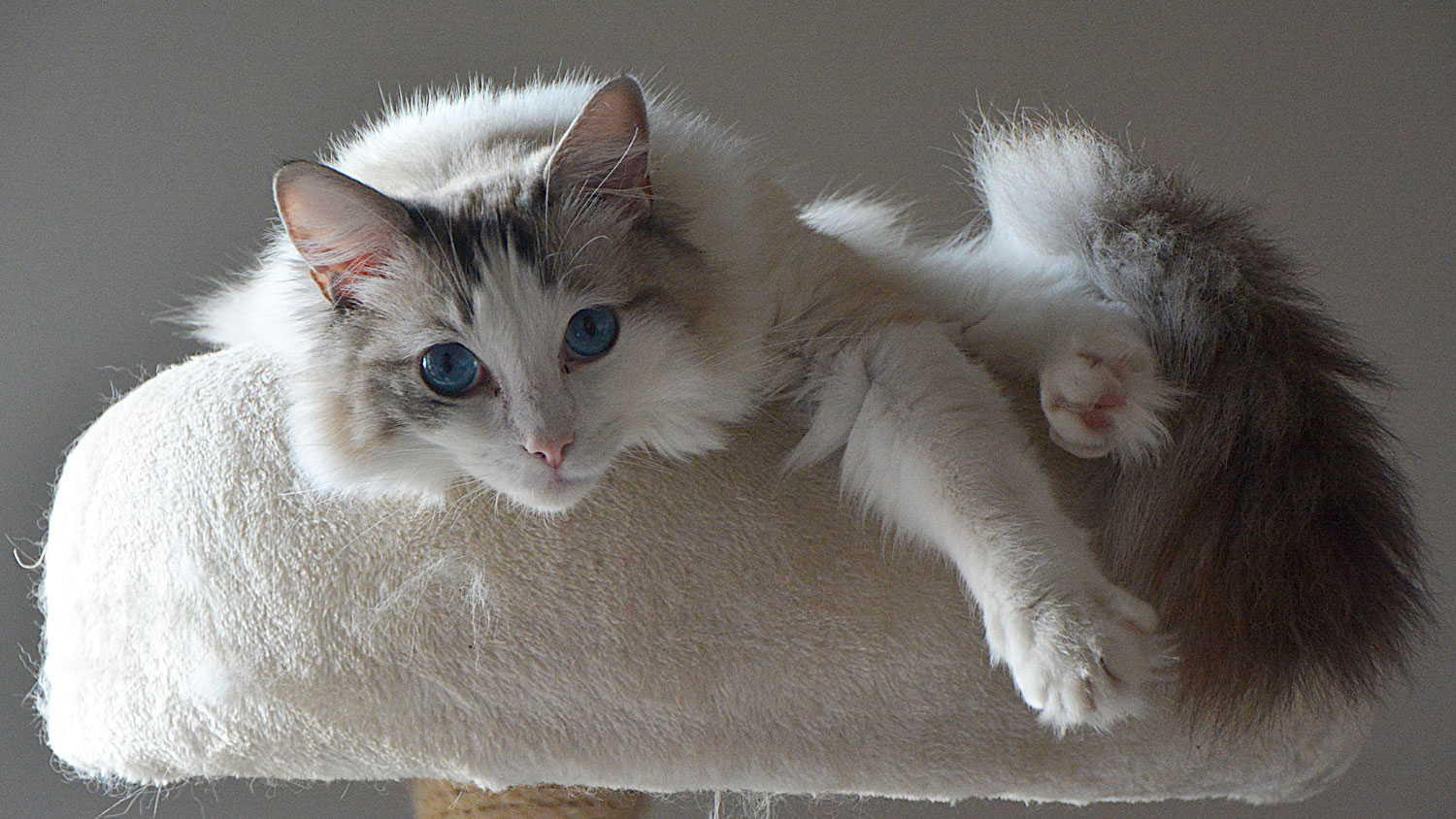
If you've ever wished a cat could be more like a dog, a Ragdoll is probably the breed for you. Originally bred in the 1960s, Ragdolls are well-known for their laid-back and affectionate nature, while their tendency to go limp when picked up will make them extremely attractive to anyone who's had to take a furious ball of teeth and claws to the vet.
Ragdolls are great with children, and unlike most cats they prefer to stay low on the ground rather than enjoying sitting in high places. They're undemanding cats that enjoy companionship, and while their placid nature makes them perfect indoor cats for people who live in flats or apartments, they can become depressed if they're left alone regularly or don't get enough attention.
And as with other pedigree breeds, they can be prone to health problems and special care should be taken with their diets and grooming.
6. Bengal
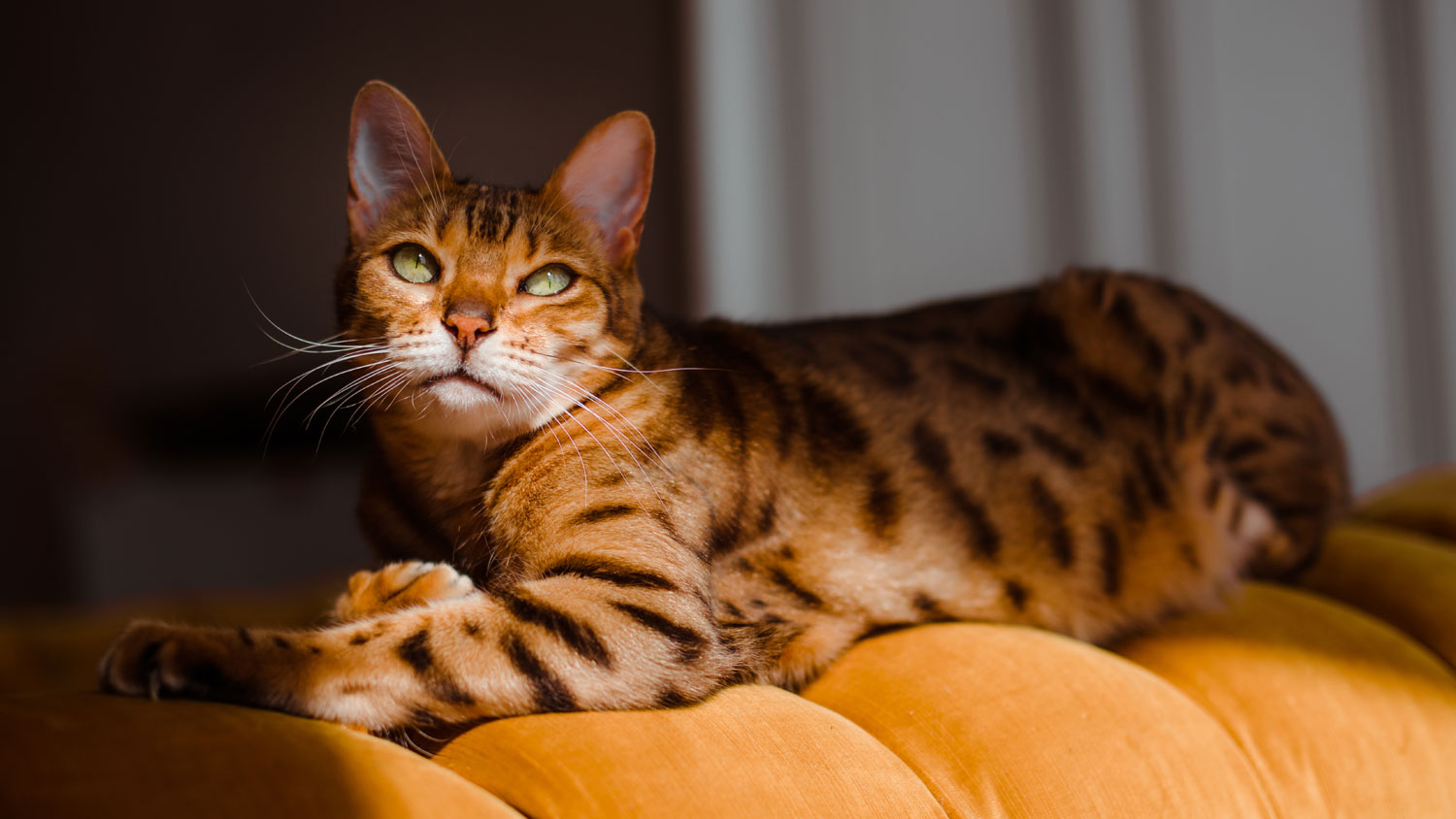
The other big pedigree breed of recent years, alongside the Ragdoll, is of course the Bengal. In many ways it's the polar opposite of the Bengal: thoroughly active and playful with an incredibly forceful personality, and with a distinctive look that gives the impression of it having just sauntered in from the plains of Africa.
The result of cross-breeding domestic cats with Asian leopard cats, the Bengal is a large, muscular cat that comes in a variety of coat colors and markings, and loves to get up into high places. Unlike most cats, Bengals tend to enjoy playing in water and retrieving thrown items.
However they can also be prone to genetic heart and eye problems. Another thing to be aware of is that their desirability and price means they're more likely to be stolen than other breeds. If you're planning on getting a Bengal, you should think about giving it a secure garden or catio to play in, or consider keeping it as an indoor cat.
7. Maine Coon
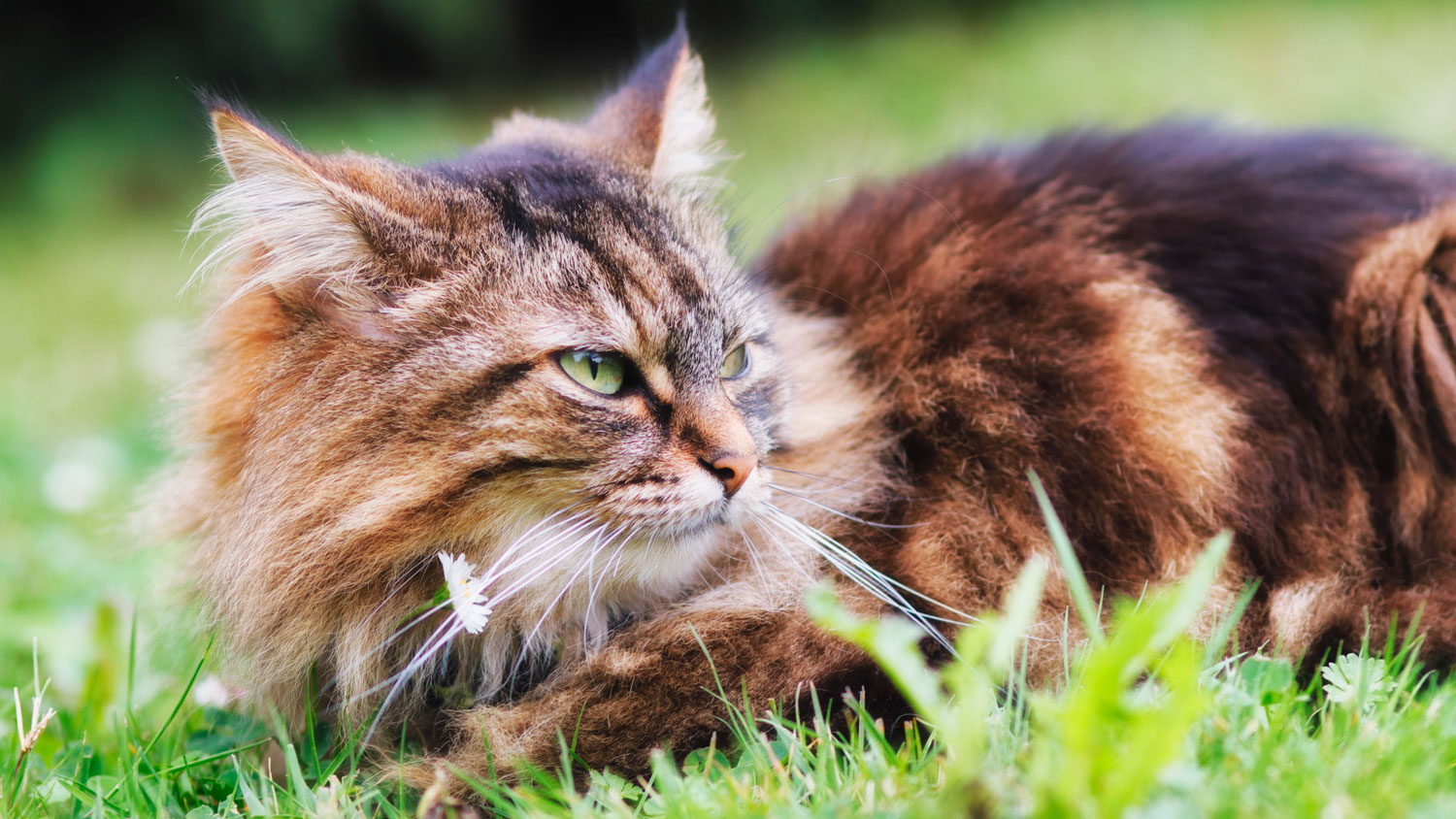
Another cat that enjoys playing in water is the Maine Coon. Its luxurious, water-resistant coat helped the Maine Coon to survive and thrive during severe winters in Maine (where the breed originated, unsurprisingly), and this means it's not in the least bit averse to getting wet on occasion.
One of the world's most popular pedigree cat breeds, this huge cat features medium to long hair with an adorable ruff around its chest (this is another cat that'll need regular brushing).
Maine Coons are intelligent and independent, and loyal to their owners while being cautious of strangers; they're also one of the most vocal cat breeds. They can come in just about any color and pattern that other cats might have, however they're mostly found with tabby coloring. While they're generally healthy, these gentle giants are more prone to heart problems and hip dysplasia than other breeds.
PetsRadar Newsletter
Get the best advice, tips and top tech for your beloved Pets
Jim is a writer, performer and cat-wrangler based in Bath, who last year adopted a pair of sibling rescue cats who turned out to be effectively feral, and has spent a lot of time since then trying to get them accustomed to people (some success) and each other (ongoing project).
